‘Billionaires Can’t Teach Our Kids’
There’s no need for teachers in other cities to reinvent the wheel: study Los Angeles.
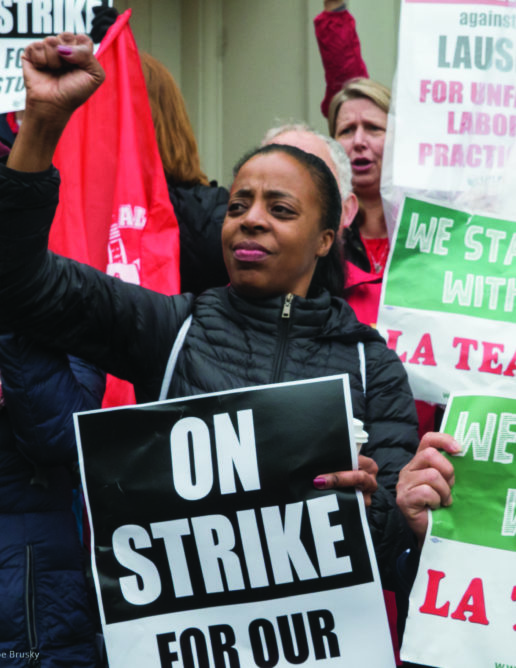
There’s no need for teachers in other cities to reinvent the wheel: study Los Angeles.
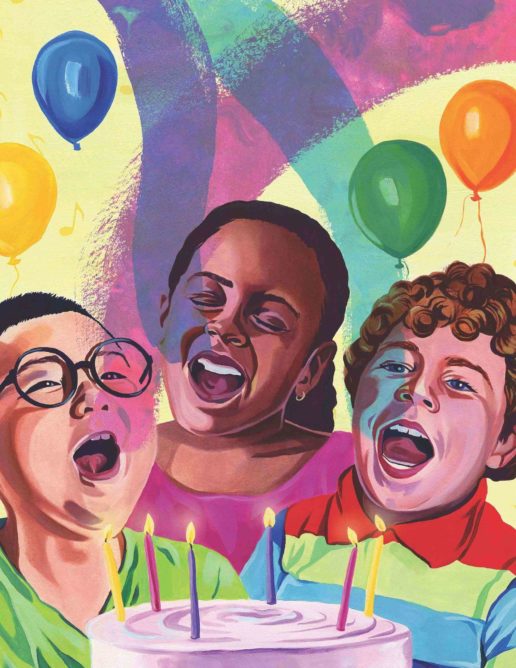
A kindergarten teacher looks at birthday celebrations in her classroom and whether all of her students’ home languages and rituals are being uplifted.
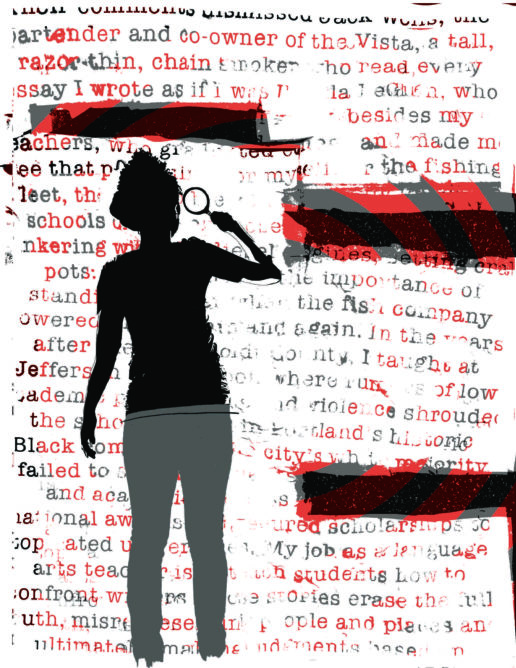
“Part of the work of teaching students to read is teaching them to question not only the written word, but also the author,” Christensen writes in her article about teaching students how to confront writers whose stories erase the full truth and misrepresent people and places.
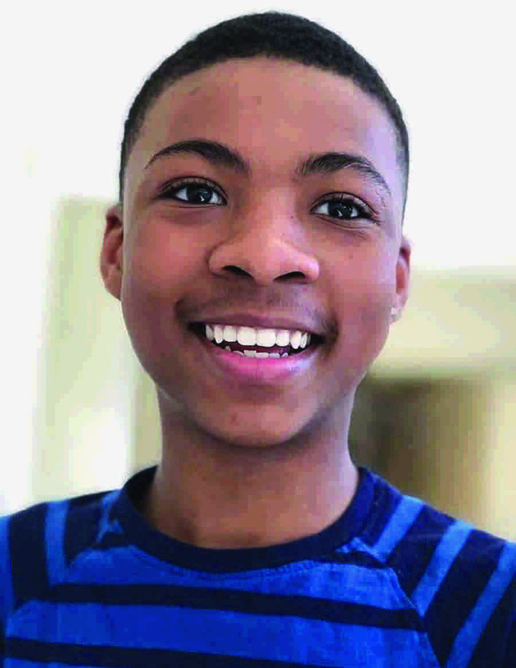
A writer interrogates school culture and our collective role in the suicide of a gay 15-year-old 9th grader in Alabama.
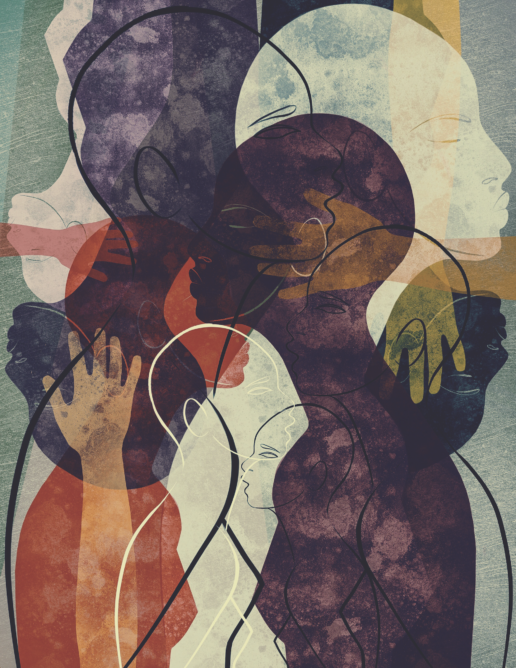
A teacher-educator describes how she keeps her students talking about race, even when it’s uncomfortable — and shows how those conversations make better teachers.
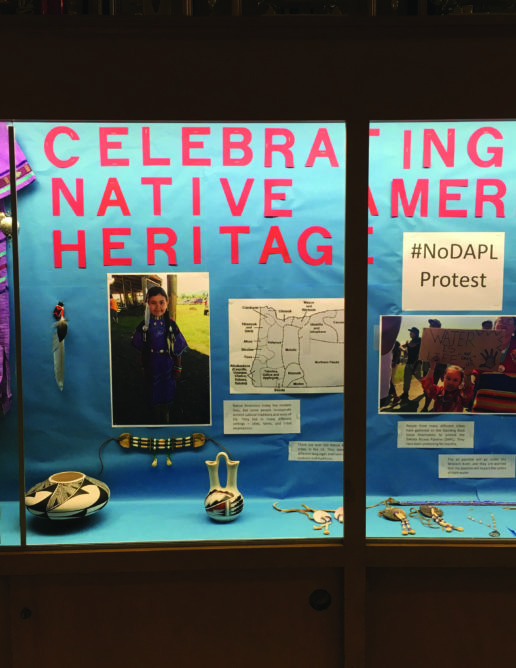
A 2nd-grade teacher shows how connecting a student’s home to the classroom led to profound lessons for all her students — in this case, about pipelines and climate justice.
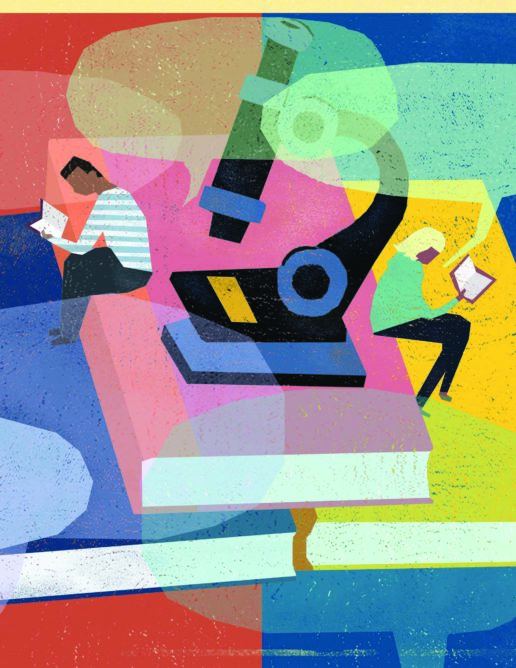
Oogenesis? Heterozygous? Science vocabulary can be difficult for students, especially English language learners. A science teacher describes how she reorients science classrooms to make vocabulary accessible.
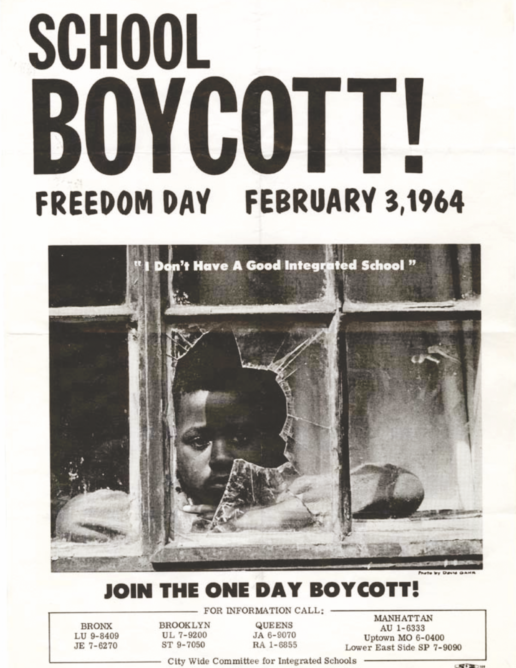
The largest civil rights protest wasn’t in the South, it was in New York City in 1964 when hundreds of thousands of students stayed home to protest school segregation. Here’s how today’s students reacted to a lesson about this historic boycott.
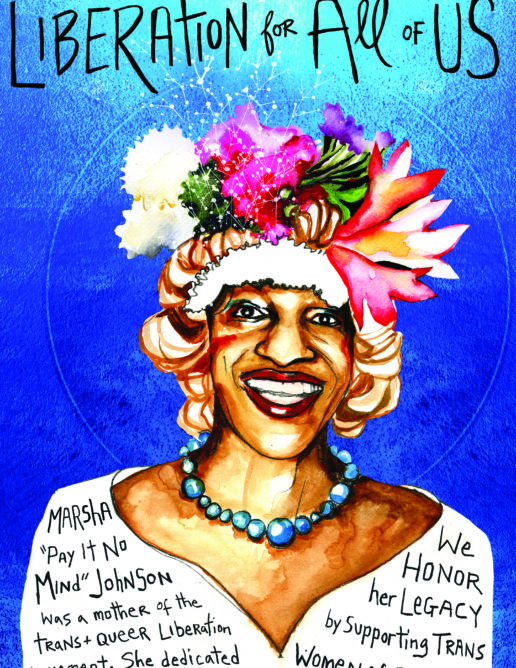
A Black freedom organizer demands that teachers and activists radically change their frameworks around Black history by lifting up the stories of Black LGBTQ people like Marsha P. Johnson.
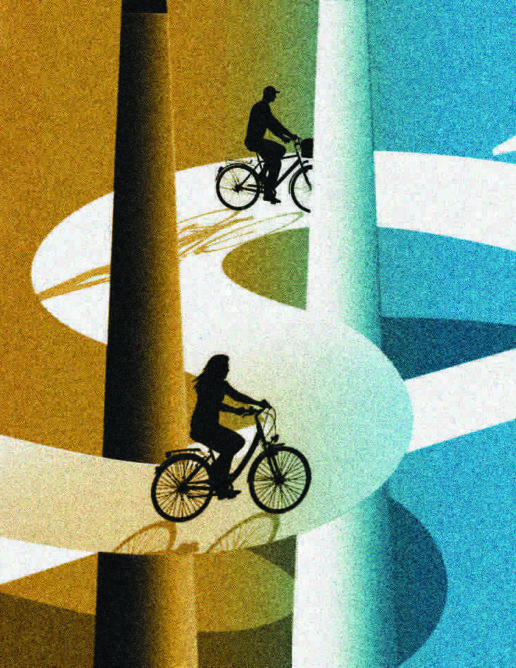
The latest installment of our Earth, Justice, and Our Classrooms column looks to a piece of very good news that national media missed following the 2018 midterm elections. By a margin of almost two-to-one, tens of thousands of Portland, Oregon, voters approved an imaginative clean energy initiative that offers a model for the rest of the country — at the ballot box, but also in our classrooms.
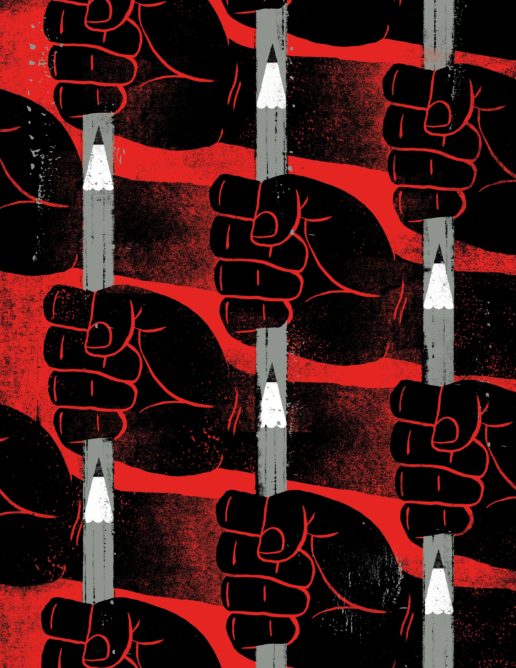
A Connecticut educator who taught English to incarcerated young men for 20 years describes what happened when she introduced her students to the Canadian “Leap Manifesto.”
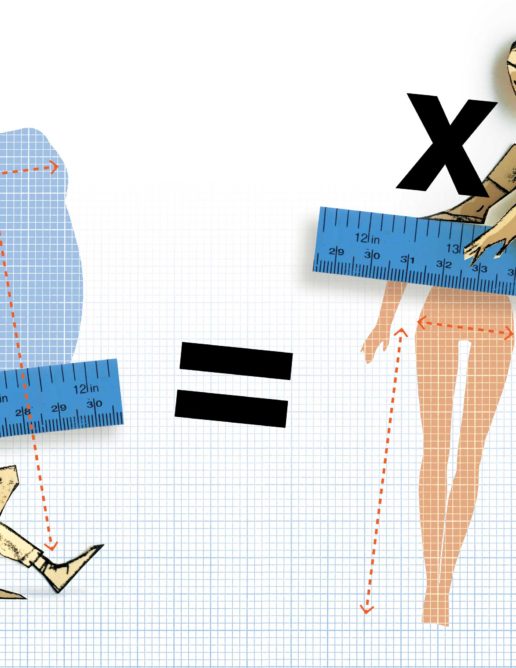
A math teacher uses Barbies and action figures to teach proportional reasoning and other skills — and to help students think about society’s expectations of our shapes and sizes.
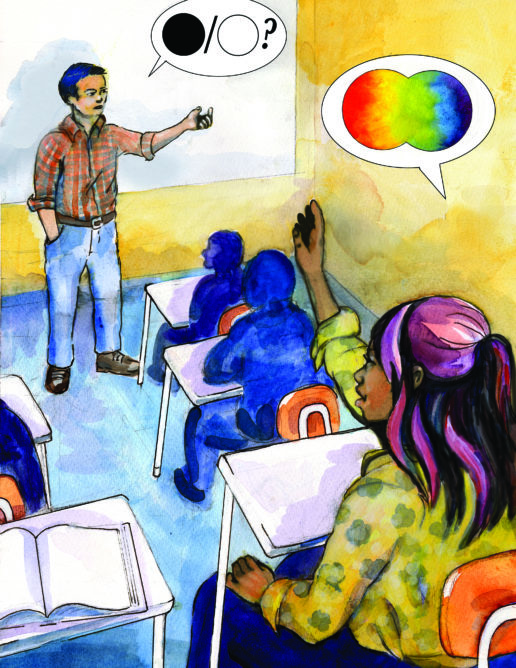
A biology teacher focuses on how rethinking classroom language around gender and reproduction can impact inclusion.
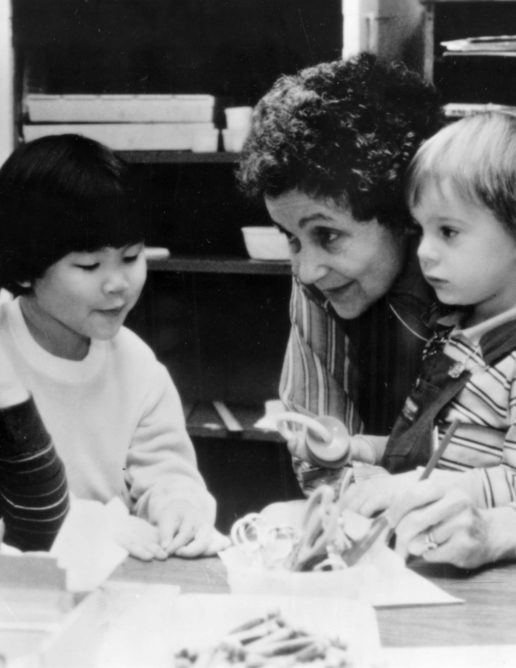
She was most at home in the company of little ones, exploring and questioning, checking things out, conducting everyday experiments arm-in-arm and shoulder-to-shoulder with the young. Children recognized her as a fellow traveler, took to her naturally, and invited her to join them on their endless searches and excursions. She never refused them, and willingly followed along — their magical, luminescent teacher. On July 26, 2019, the light went out, and Vivian Gussin Paley passed away.
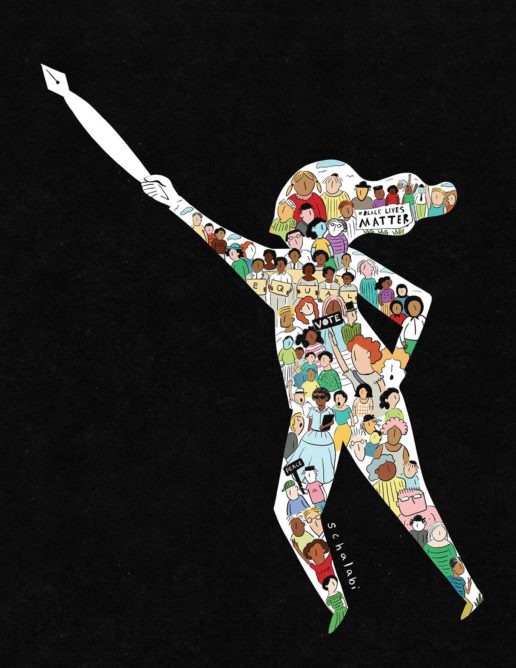
A high school English teacher deconstructs “Hero’s Journey” curriculum, shows its patriarchal prejudice, and talks about teaching collective rather than only individual transformation.
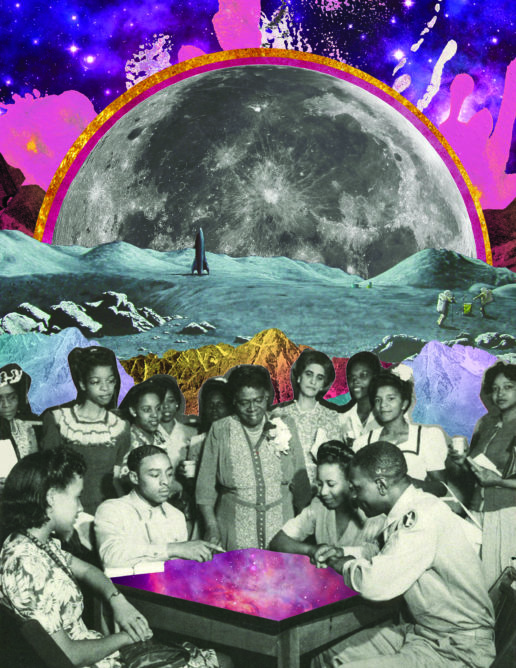
A physics teacher uses student research and other exercises to urge his high school class to wrestle with race, privilege, and representation.
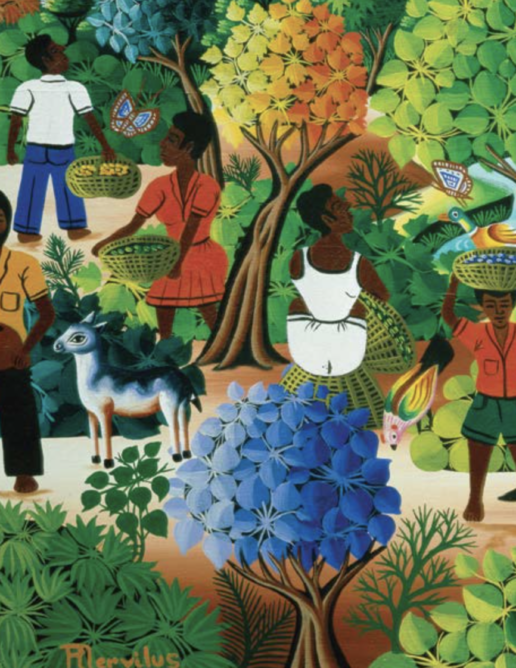
“Haiti is one of the poorest countries in the world.” That’s the only thing this Haitian American teacher remembers being taught in school about her family’s country of origin. She calls for a revolution in how educators teach Haiti.
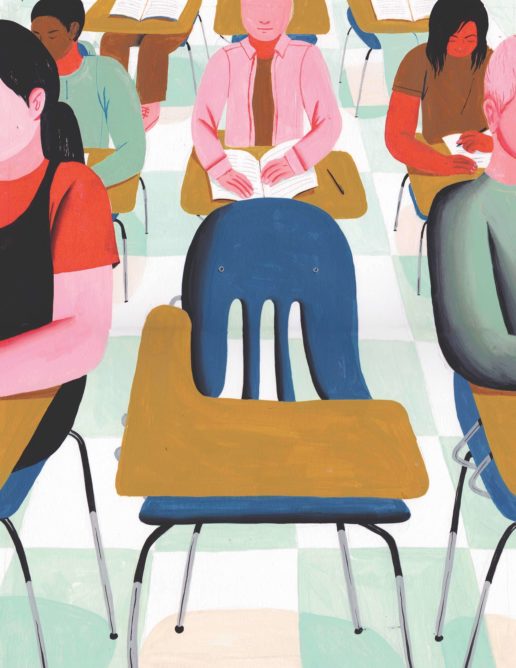
A high school teacher explores how the dynamics of a classroom can change when a student leaves and what the effects can be on that student, the other students, and the teacher.

An elementary school teacher developed the Quetzal Conundrum game to help students understand the impact of global warming in Costa Rica.
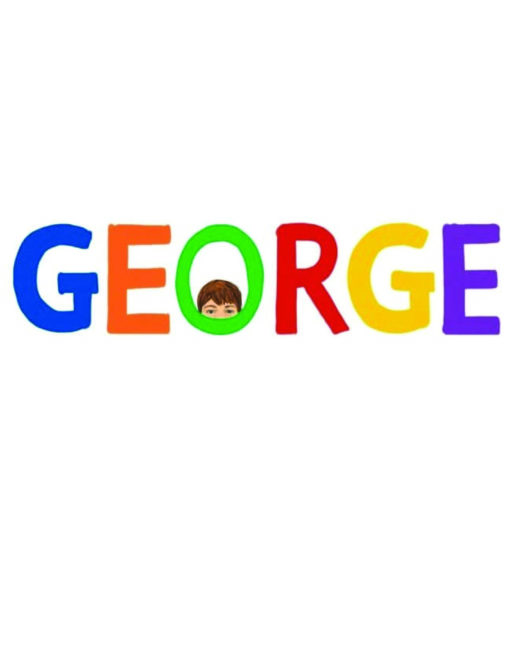
A school librarian describes children’s books with strong transgender characters and themes.
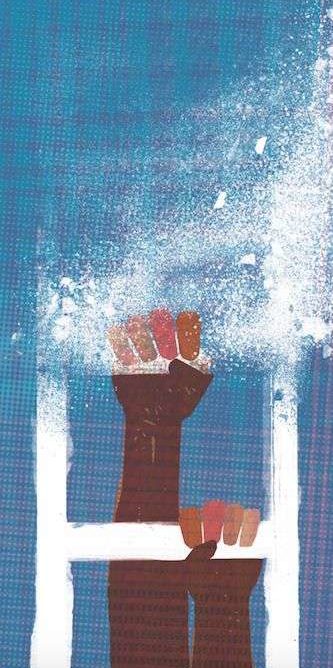
A teacher of color writes about obstacles he faced during his first year in the classroom and the support he received — and did not receive — from other teachers and administrators.
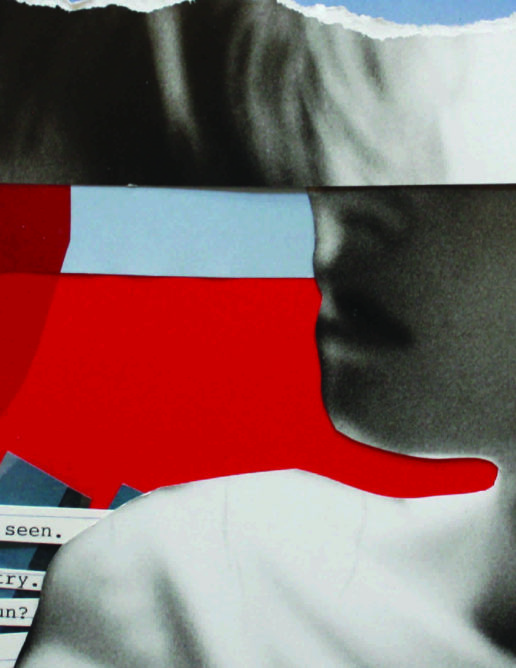
The staff advisor for their high school’s Queer-Straight Alliance delves into the complexities of a student-led training for teachers on the importance of using students’ preferred pronouns.
How 4th-grade students in Southern California were helped by their teachers to develop curriculum surrounding the mass deportation of U.S. citizens of Mexican heritage in the 1930s and pass a law to investigate what happened.

A high school teacher uses the #MeToo movement and students’ own experiences with apologies to interrogate the government’s 1993 apology to Native Hawaiians for the 1893 overthrow of the Kingdom of Hawai’i.
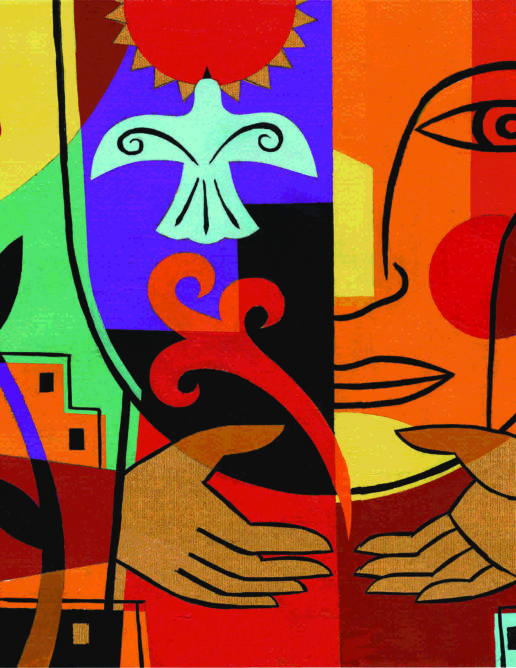
A teacher in a predominantly white school and classroom describes how she chose to protect and educate one of her Black students, rather than use him to educate her white students.